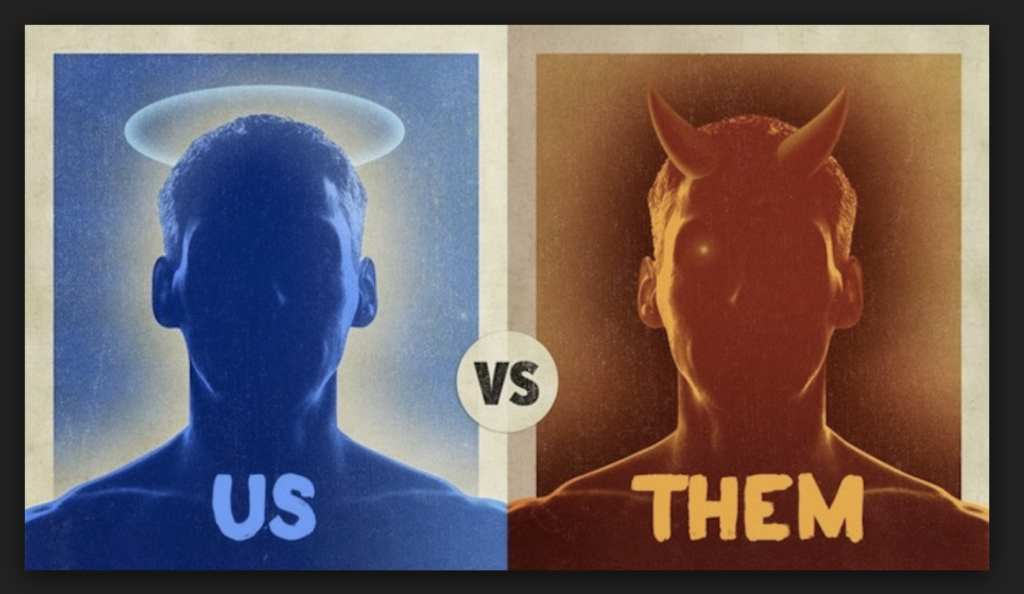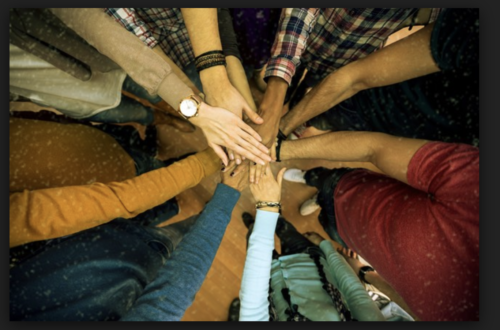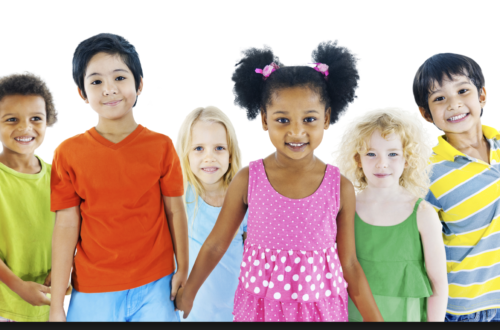
Simple ways to help end racism
Simple ways to help end racism
 Racism is when an individual is treated differently owing to their race or culture. It might include actions like as calling them names or isolating them, as well as denying them services at a business or employment prospects.
Racism is when an individual is treated differently owing to their race or culture. It might include actions like as calling them names or isolating them, as well as denying them services at a business or employment prospects.
As a result of the COVID-19 pandemic, the majority of people have sought refuge within varying degrees. Numerous individuals have been unemployed, working from home, or, if judged necessary employees, laboring in hazardous settings to support their families.
This has given individuals more time to ponder on their own and others’ lives. This is one of the reasons why the recent shootings of unarmed black persons captured on video have generated unprecedented levels of public outcry in the United States.
From cities to suburbs, there is a widespread emphasis on the need to correct social injustices, ensure equality for all, and end racism in our communities. Here are some strategies for combating racism.
1. LEARN TO APPRECIATE AND APPRECIATE YOUR PERSONAL PRIVILEGE.
One of the first steps in eliminating racial discrimination is to identify and comprehend your own privilege. The experience of racial privilege is pervasive in social, political, economic, and cultural situations. Checking your privilege and utilizing it to dismantle institutional racism are initial stages in the process of eliminating racism.
However, race is only one factor that contributes to privilege. Your level of privilege can be affected by your religion, gender, sexual orientation, ability status, social status, language, and reputation as a citizen. To use your privileges to mutually empower others, you must first be aware of these privileges and acknowledge their implications. Learn more about the various types of privilege.
Why getting rid of racism is important for the survival of all humanity
2. EXAMINE YOUR OWN PREJUDICES AND CONSIDER WHERE THEY MAY HAVE ORIGINATED.
What messages did you get as a child concerning those who are different from you? What was the racial and/or ethnic composition of your neighborhood, school, or religious community in the past? Why do you believe that was the case in the past? These encounters generate and reinforce bias, stereotypes, and prejudice, which can result in discrimination. Examining our own prejudices can aid our efforts to ensure equality for all.
3. VALIDATE THE EXPERIENCES AND EMOTIONS OF PEOPLE OF COLOR.
Assisting the experiences of other people and engaging in challenging talks about racism and injustice is a second method for combating bias and gaining an appreciation for privilege. We should not fear discussing oppression and bigotry for fear of “doing it wrong.” Take action by acquiring an understanding of the ways racism continues to impact our society.
We do research about domestic abuse by interviewing domestic violence survivors. Similarly, the most effective method for understanding racial injustice is to listen to people of color.
4. QUESTION THE “COLORBLIND” IDEA.
It is a widespread misconception that we live in a “post-racial” society where “no one sees color.” Undoubtedly, perpetuating a “colorblind” worldview leads to prejudice.
When Dr. Martin Luther King, Jr. stated his desire to live in a colorblind society, he did not imply that we must win the race. It is impossible to eliminate racism without first recognizing its existence.
race. Being “colorblind” disregards a substantial portion of a person’s identity and disregards the genuine injustices that many people endure as a result of their race. In order to work collaboratively for fairness and equality, we must recognize colors.
5. Denounce racist “jokes” and statements.
Let people know that racist words are no longer acceptable. If you are unhappy or do not feel secure being confrontational, try to deconstruct their thought process by asking questions. For instance, “That amusing narrative makes no sense to me; could you provide an explanation?” Or, “You may also be joking, but this is what is possible when you say something like that.” Participate without reluctance.
Conversations with loved ones, coworkers, and companions. Microaggressions, which can take the form of racial jokes or remarks, propagate and normalize prejudices and biases. Remember that no longer announcing something – or laughing together – signifies agreement.
6. DETERMINE HOW YOUR BUSINESS OR COLLEGE EXPANDS OPPORTUNITIES FOR PEOPLE OF COLOR.
Systemic racism with limited capacity — including wealth inequities, criminal justice bias, and training and housing discrimination – stacks the deck against people of color in the workplace or the classroom. For instance, the African American Policy Forum (AAPF) reported that a 12-year-old girl faced criminal prosecution and expulsion for writing “hello” on the locker room wall.
Their campaign, #BlackGirlsMatter, highlights the issues of overpolicing and inadequate protection of Black women in the educational system. It is vital for institutions and academic institutions to
Address these issues and encourage an equitable lifestyle.
7. BE THOUGHTFUL OF YOUR FINANCES.
Make a statement with your money. Know the practices of organizations in which you invest and charities to which you donate. Make an attempt to save a tiny, community-based organization and provide your services to community members. Additionally, your city or region may have a list of minority-owned businesses in your area.
As an illustration, a number of clothing businesses have decided to support and give to the cause by offering “Black Lives Matter” t-shirts and clothes with custom designs. By purchasing these custom-made t-shirts, everyone can now show their support for organizations striving for justice.
“BLACK LIVES MATTER” T-SHIRTS’ PURPOSE
Moya Omololu, a renowned graphic designer, develops bespoke Black Lives Matter T-shirts in order to join the global struggle against systemic and environmental racism. He designs T-shirts with sixteen names of murdered black individuals inscribed in strong letters on bright white boxes.
Moya also stated on Facebook that he had been searching for a means to fight, aid, and assist against social injustice, and that he had now discovered a way to generate funds for black organizations. He chose to donate the profit to groups including the NAACP, Black Lives Matter, The Black Mental Health Fund, and Pittsburgh Creative Hub. People then began tagging Omololu and numerous other designers, and these shirts are now gaining popularity day by day. Many more firms, including Cease Racism, have released Black Lives Matter T-shirts, backpacks, masks, and even phone cases to support the ongoing protest against injustice.
WHY SHOULD YOU PURCHASE “BLACK LIVES MATTER” PRODUCTS?
After the heinous murder of George Floyd, there has been a steady increase in protests against injustice. African-Americans desire their rights and justice, but the situation is deteriorating daily. Black Lives Matter products expresses the designers’ and brands’ dissatisfaction with the current state of affairs and their desire for change. However, as a customer, does purchasing Black Lives Matter clothing or merchandise from black-owned businesses matter or aid?
When you purchase a Black Lives Matter t-shirt, you are supporting…
- You are giving to the funds that support those working for equality and justice.
- You make a declaration regarding your stance on racism, injustice, and brutality.
- You are helping to convey the message of peace and social justice to everyone who sees you wearing this clothing or accessory.
- You are supporting companies operated by individuals of our society who are directly affected and marginalized by racism.
8. Adopt a multifaceted approach to all aspects of your life.
Keep in mind that all forms of oppression are interconnected. You cannot fight against one form of injustice while ignoring another.
Numerous survivors of domestic violence also endure racism and other forms of injustice. We must comprehend and support the unique experiences of survivors.
9. Recognize your past and current biases.
Learn about your personal history and lifestyle in order to comprehend why you have a positive outlook on the world and other people.
Your past experiences and the messages you received about people who do not appear to be like you when you were young influence how you react and respond to people and circumstances now.
Consider specific instances in which you heard certain messages regarding black and other nonwhite individuals. You will investigate how various people perceive and navigate the world from your own perspective.
Many white people find it difficult to comprehend and accept that many black people do not consider police officers as upholders of justice. They perceive the police as an occupying force that stops them for no reason other than their race.
Listen to the stories of black people and other individuals who do not resemble you. As you listen, resist the desire to dismiss, minimize, or refuse to consider the experiences of others because they make you uncomfortable.
Participate in a webinar or course on prejudice to identify the ways in which you are biased. Learn ways for mitigating these biases
10. INSPECTION
Check in with affected pals (if you have any) to demonstrate your concern for them. Ask how they are doing and how you can directly assist them. Do not ask them for advice on how to end racism. Currently, your friends and family may be traumatized, fatigued, and unwilling to interact; but, the majority of people will appreciate that you checked in.
If you only know people who are similar to you, examine yourself to see why, and make an effort to interact with those who are different. Participate in cultural events or internet forums.
Listen, listen, listen – try not to interrupt or instruct any anyone who has experienced racism-related trauma on how to feel, what to say, or what to do. Try to listen to them and stand alongside them in this fight. Let’s do everything we can, one person at a time, to help eliminate racism.
Download the hobbytwin app and tell a friend for instant hobby matching:
For iPhone/iPad&iPod:









